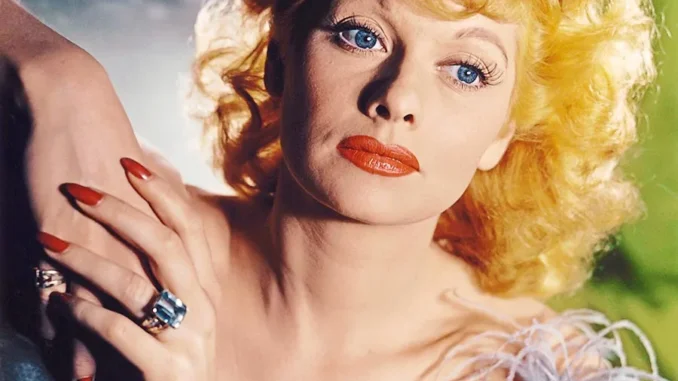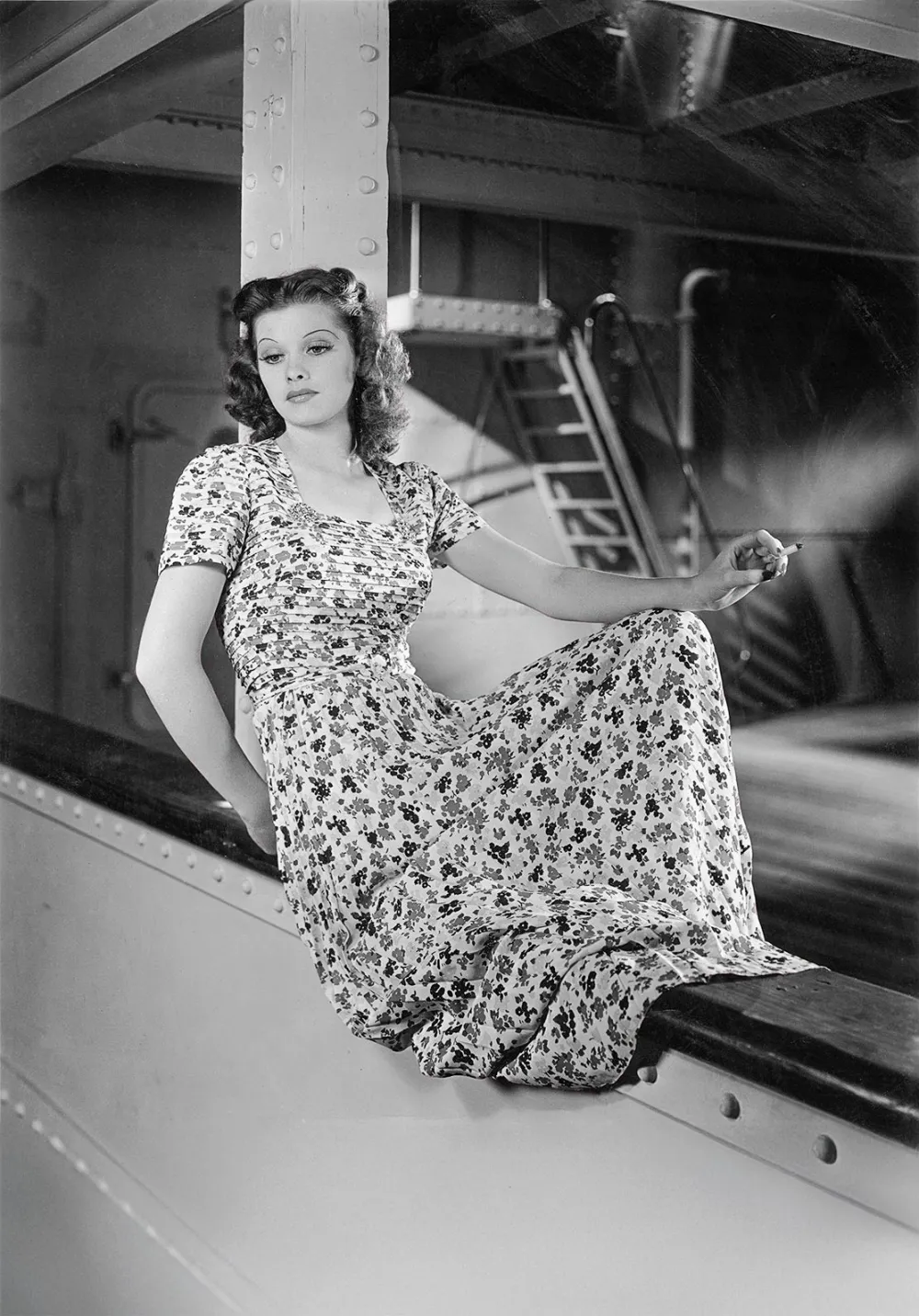
When people think of I Love Lucy, they often recall the unforgettable comedy routines: Lucy stomping grapes in Italy, the chocolate factory assembly line, or the legendary mirror scene with Harpo Marx. But there’s another element that has quietly endured for more than seven decades — Lucille Ball’s style. The fashion of I Love Lucy is not just about pretty dresses; it is a cultural artifact, a visual language that reveals the shifting roles of women in mid-century America and the power of television to shape collective memory.
Fashion as Character, Not Costume
For Lucille Ball, clothing was never merely decorative. Each outfit was carefully chosen to serve the storytelling. As Lucy Ricardo, she was often dressed in neat shirtwaist dresses, smart skirts, and the iconic polka-dot frocks that defined her image as the archetypal 1950s housewife. Yet beneath the clean lines and feminine patterns, her wardrobe told a larger story: that of a woman who was both confined by and resisting domestic expectations.
In the kitchen, Lucy’s dresses and aprons reinforced her role as a traditional homemaker, embodying the postwar “ideal American wife.” But once she schemed her way into show business or hatched another wild plan, her outfits transformed. Oversized costumes, glamorous evening gowns, and exaggerated accessories became props in her comic arsenal. Fashion became a partner in comedy, amplifying both her physical humor and her daring spirit.

The Dual Image: Housewife and Star
This duality — the homemaker by day, the starlet in her imagination — is what gave I Love Lucy its comic tension and cultural relevance. Lucille Ball’s costumes visualized the conflict many American women were quietly living: the tension between conformity and aspiration, between domestic life and the lure of independence.
For audiences in the 1950s, Lucy’s clothes were instantly recognizable, even aspirational. Women copied her neat dresses for their own wardrobes. Yet the exaggerated glamour she occasionally donned — feather boas, sequined gowns, oversized hats — served as a fantasy, a glimpse of a life beyond suburban kitchens.
The “Lucy Look” as a Cultural Icon
Over time, certain fashion choices became synonymous with Lucy herself. The capri pants she frequently wore on set, unusual for television at the time, symbolized a shift toward a more relaxed, modern femininity. The polka-dot dress, endlessly reproduced in fan art and fashion retrospectives, remains shorthand for Lucy’s playful spirit. Even her accessories — gloves, pearls, and headscarves — carried both comedic and stylistic weight.
Today, fashion historians cite Ball’s influence as pivotal in shaping mid-century American style. Her look has been revived in runway collections, vintage boutiques, and pop culture homages. To wear “Lucy-inspired fashion” is to evoke both nostalgia and timeless chic.
Beyond Fashion: Television as Cultural Mirror
What makes Lucille Ball’s style endure is not only its visual charm but its ability to mirror the cultural dynamics of her era. The 1950s were a time when television was just beginning to define national identity. In presenting a character who could be both the dutiful wife and the mischievous dreamer, Ball’s costumes highlighted the contradictions of the postwar woman.
In many ways, Lucy’s fashion predicted the cultural debates that would erupt a decade later during the feminist movements of the 1960s and 70s. Her playful defiance — expressed through both her antics and her wardrobe — signaled that women were not content to remain within the confines of their domestic roles.

A Visual Legacy That Lives On
More than seventy years after its debut, I Love Lucy remains a cornerstone of American television history. And part of its longevity lies in its visual signature — the clothes that made Lucy both relatable and iconic.
Lucille Ball’s fashion on the show was not about trendsetting in the usual sense. Instead, it was about translation: taking the anxieties, dreams, and contradictions of a generation of women and stitching them into fabric, color, and silhouette. That is why her style endures — because it was never only about fashion. It was about identity.
Conclusion
To say We Love Lucy’s Style is to recognize that fashion, in her hands, was a form of storytelling as powerful as any punchline. Lucille Ball turned dresses, trousers, and accessories into cultural symbols — tools of comedy, mirrors of society, and markers of change. Her wardrobe was more than set dressing; it was a revolution in polka dots and pearls.
